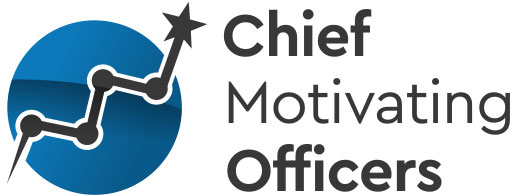“A mission statement is not something you write overnight… It becomes the criterion by which you measure everything else in your life.” – Stephen Covey
Too often, organizational mission statements meet one of two fates: One, they are too long and convoluted, tucked away in an annual report or employee handbook, never to be heard of again, or… two, they are plastered on the walls, embedded in everyone’s email signature and on their coffee cups and pens, and yet no one understands how they contribute to the organization’s mission in the work that they are actually doing on a daily basis. I would say, in my experience, it has been a nearly 50/50 split between these two outcomes, and ultimately, neither result in action or impact. What is the point of a mission statement if it doesn’t result in behavior change and guidance?
Your organization’s mission statement should be used to identify your team’s “true north” – where are we going as a company? Each person should ultimately know how their contributions help move us towards the mission, acting as an antecedent for the behaviors we need them to engage in for the good of the business.
Here are some key questions to pose to your team to analyze your organizational mission statement:
- What IS our mission statement? Let’s start at square one: locate your organization’s mission statement.
- Does the mission statement describe:
- Why the organization exists? This is absolutely critical, and should be concrete enough to be measured. See the second-to-last bullet below for more on measurement.
- Who our company intends to impact? Reaching the appropriate audience is essential for avoiding what we call “scope creep” – trying to reach everyone, you end up reaching no one.
- How we plan to impact them? What does our business do to impact the folks mentioned above?
- How do we communicate our mission to our employees? Mission needs to be included in conversations throughout employment, not just upon hire. When we take on new projects and initiatives, we should bring up the mission and ensure that any new directions we go are still on track towards “true north”. An interesting litmus test is to ask a random group of employees to recite the mission without looking. Can they do it? Could YOU? I like to make my mission statements short enough to be easily memorized and recalled, and encourage folks to train their teams to fluency. Fluency increases the likelihood that employees will actually USE the mission statement in their daily decision-making.
- How do we communicate our mission to our clients? External consumers should see the connection between how we interact with them and the mission of the organization, and soliciting for feedback related to mission-aligned behavior can be a great way to confirm this.
- How do we objectively measure progress towards our mission? This is INCREDIBLY IMPORTANT! What data can we collect that indicate we are moving towards our mission? What are leading and lagging indicators that can be reviewed objectively by our team, and how can we use the data to determine our course as a business? This may seem like a daunting task, but an organizational behavior management consultant can help demystify how to define and measure progress towards an organizational mission.
- What behaviors do employees engage in that exemplify working towards the mission? Be prepared for this to vary across departments and job positions. How does our front line impact the mission? How about supervisors? What about the admin team, the finance department, and marketing? Have a discussion with those employees and help paint the big picture for these folks, and express to them how important their contributions are to helping the organization make an impact. And then reinforce, reinforce, reinforce!!
Take some time to review these questions with your team, and you may find some potential room for improvement in how your organization defines and analyzes its mission. If you have any questions, feel free to reach out to us for more information about a behavior analytic approach to mission statements! See below for an example of how we break down our mission:


